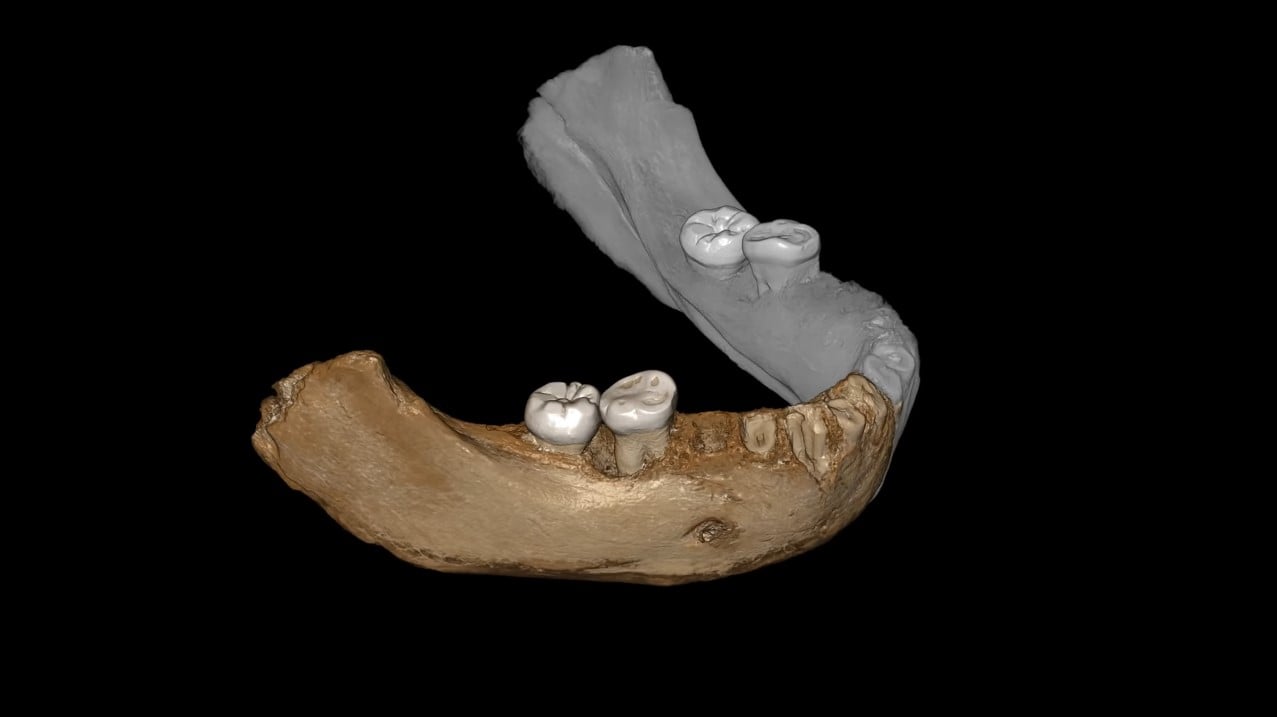Ever since the first discovery of ancient Denisovan human ancestors in 2010, researchers have been striving to uncover all their mysteries. Now, a group of researchers have uncovered the first Denisovan evidence found outside Denisova Cave which is located in Siberia.
Researchers found a 160,000-year-old Denisovan jawbone fossil hidden in a cave on the Tibetan plateau, a study published in the journal Nature reports. According to previous studies, Denisovans lived in the same time period as Neanderthals but were recognized only in the Denisovan cave in Siberia. They are a significant discovery because they left a genetical mark behind, a mark which is today found in the DNA of some Asian, Australian and Melanesian humans. The first time researchers sequenced Denisovan DNA was in 2012, comparing it to that of modern humans, according to CNN.
Researchers had earlier known that Tibetans and Sherpas have a genetic trait that allows them to live in low oxygen areas found at high altitudes. This trait could be traced back to Denisovans, although researchers couldn’t figure that out before the discovery of the first Denisovan evidence outside the Siberian cave. Denisova Cave is located at an altitude of 2,296 feet. On the other hand, the Baishiya Karst Cave on the Tibetan plateau which hid the jawbone for over 100,000 years, is located at 10,761 feet.
While researchers couldn’t analyze any DNA in the fossil, they managed to extract proteins of the jawbone and analyze them. They also performed radioisotope dating of the remains. The fossil is well preserved, however. It has a primitive shape and large molars still attached to the jawbone.
Testing age and features of the fossil revealed that it is similar to those of the oldest known fossils from Denisova Cave, which suggests that the two populations were closely related. The first Denisovan evidence outside the cave was found by a monk in 1980, and slowly made its way to Lanzhou University. The researchers started analyzing the jawbone in 2016.
“Archaic hominins occupied the Tibetan Plateau in the Middle Pleistocene and successfully adapted to high-altitude low-oxygen environments long before the regional arrival of modern Homo sapiens,” Dongju Zhang, study author and lecturer at Lanzhou University’s Research School of Arid Environment and Climate Change said in a statement.
This discovery also shows that Denisovans habituated mainly East Asia and had adapted to the conditions of the mountains there.
“Our analyses pave the way towards a better understanding of the evolutionary history of hominins in East Asia,” Jean-Jacques Hublin, study author and director of the Department of Human Evolution at the Max Planck Institute for Evolutionary Anthropology, said in a statement.





